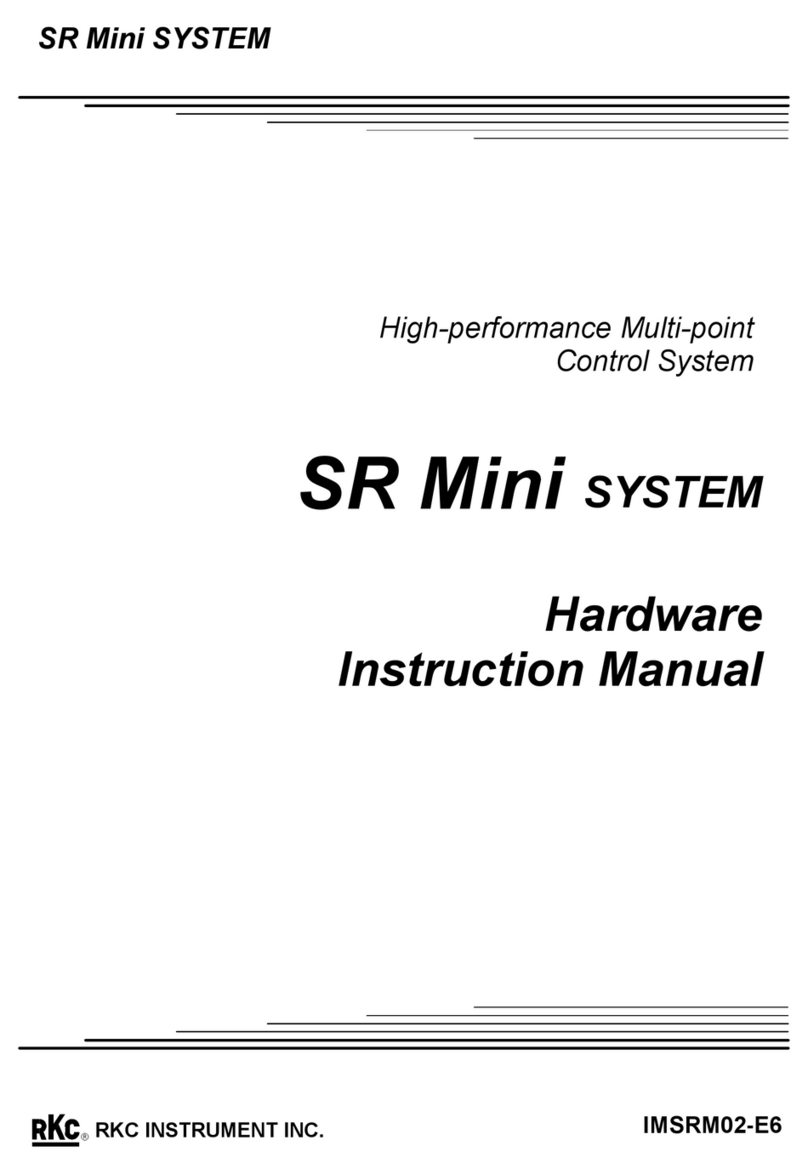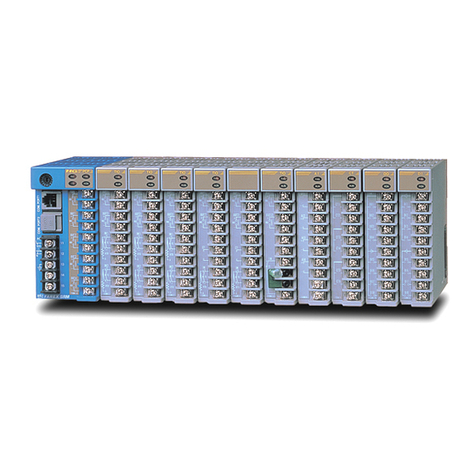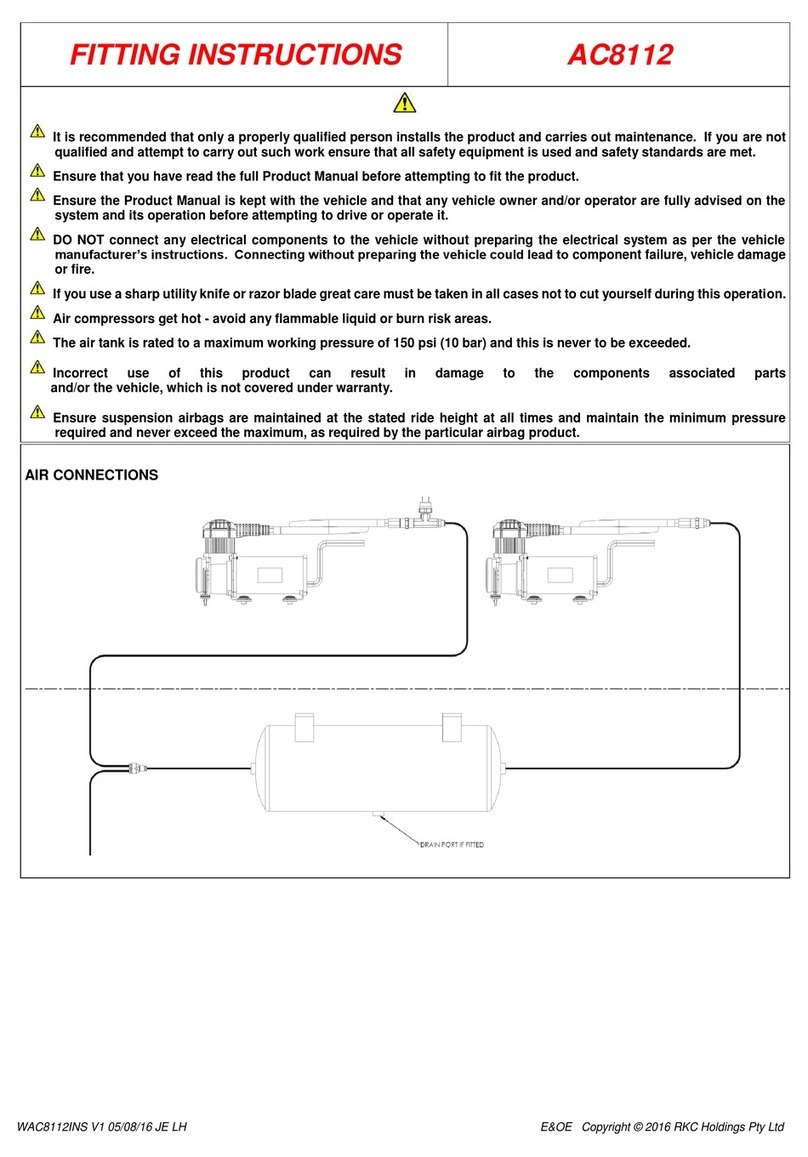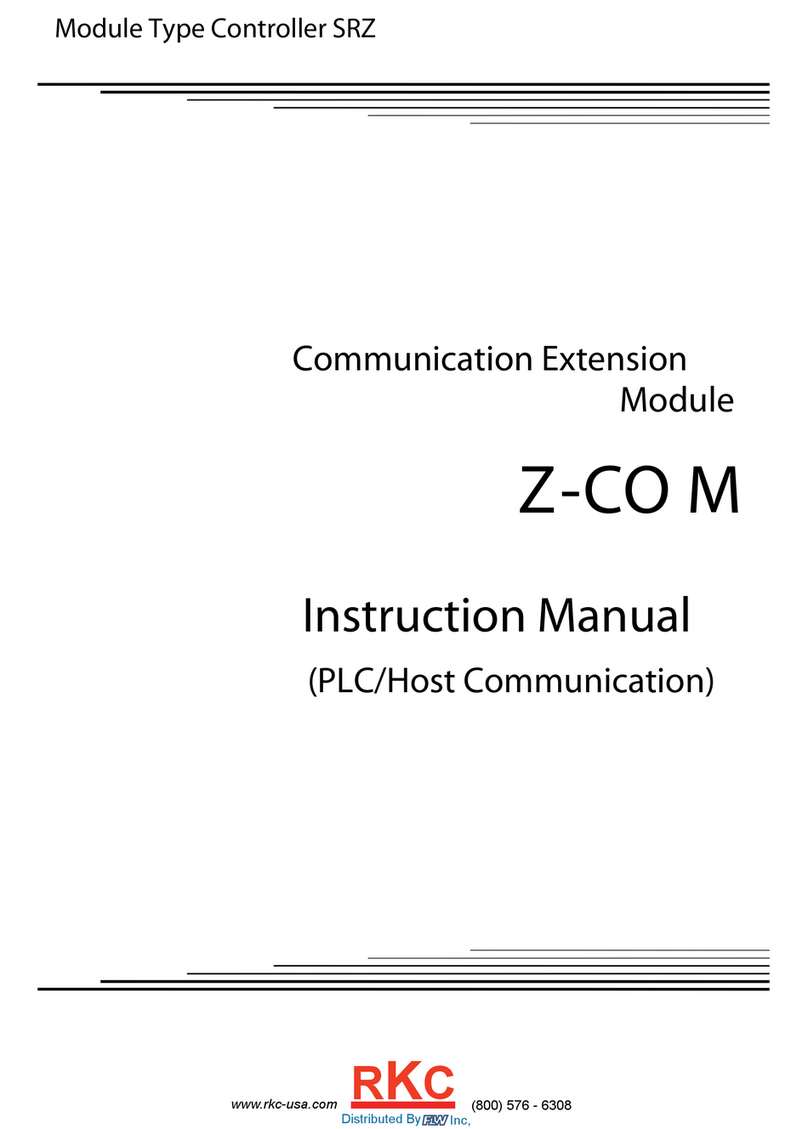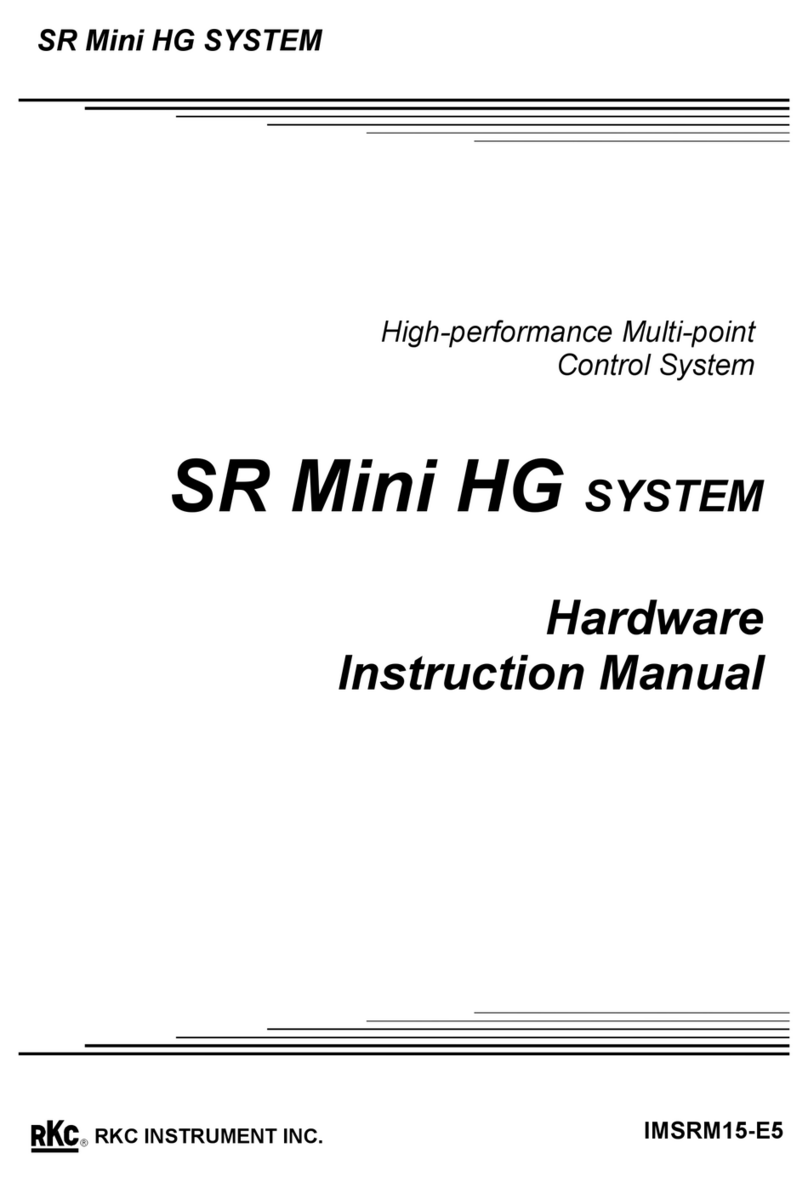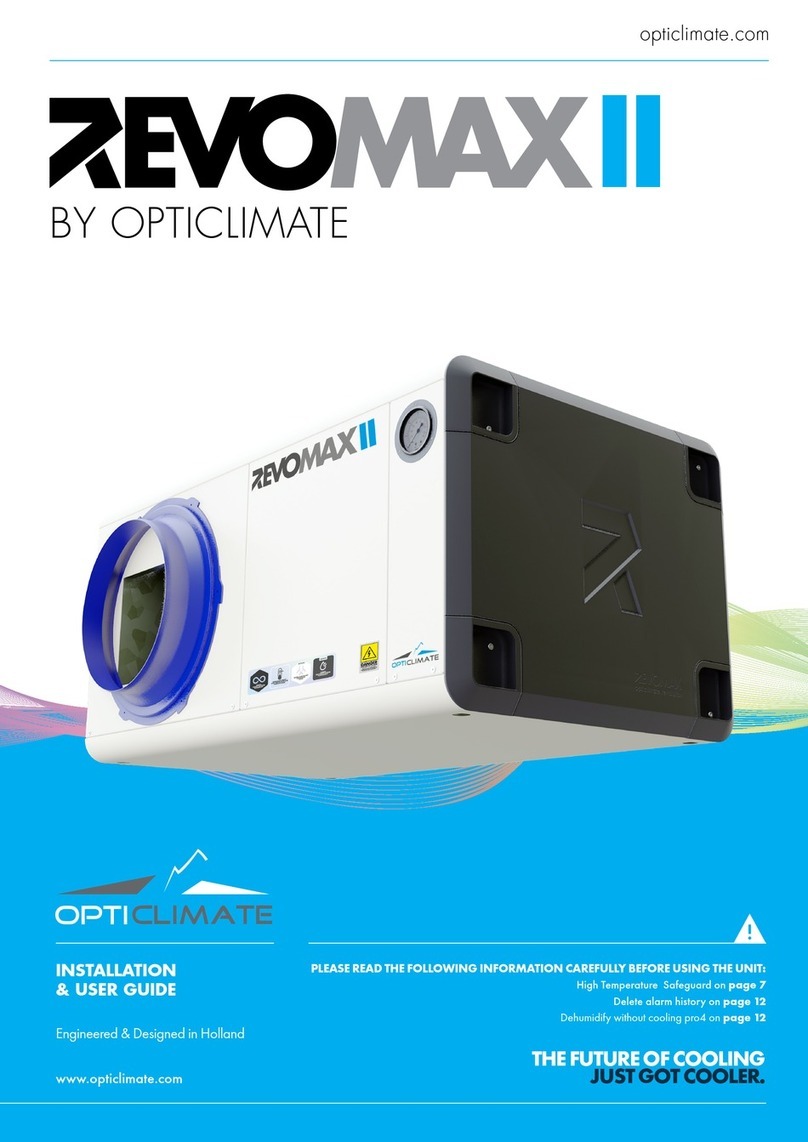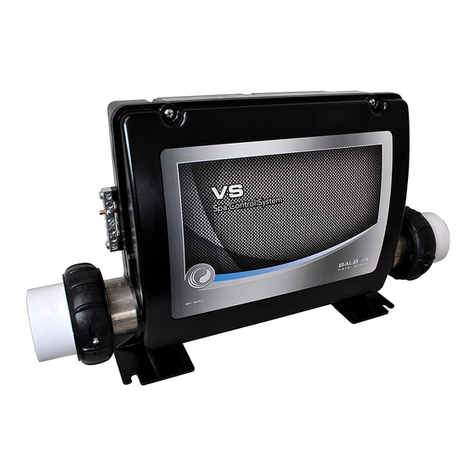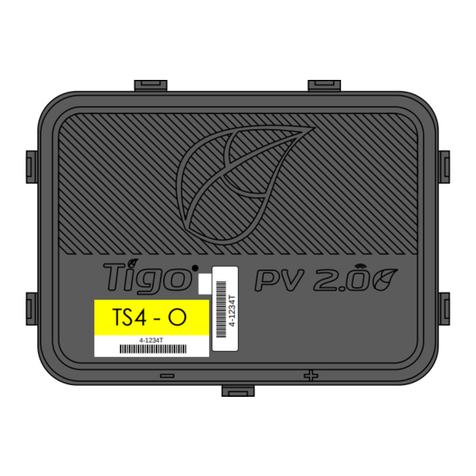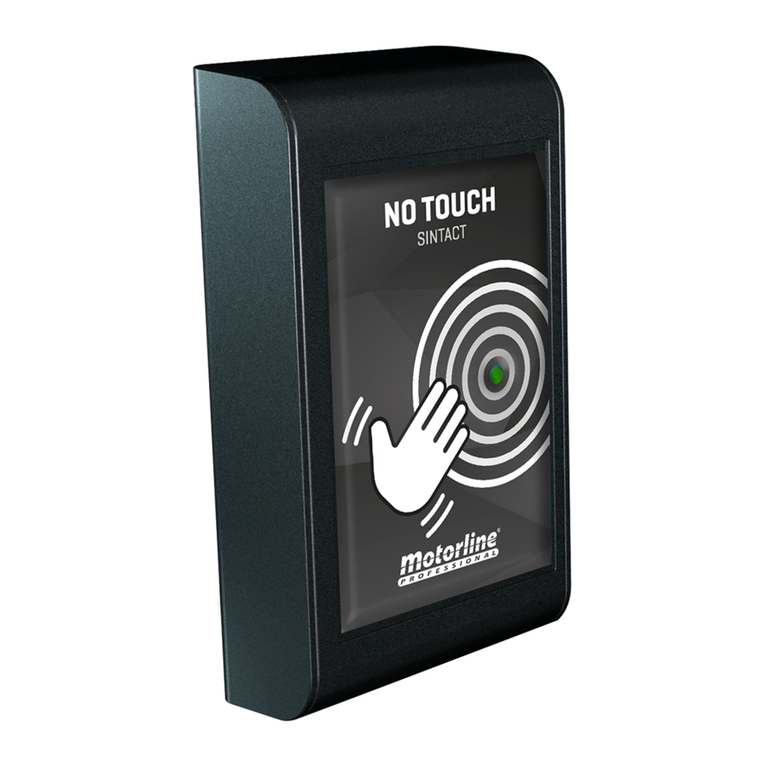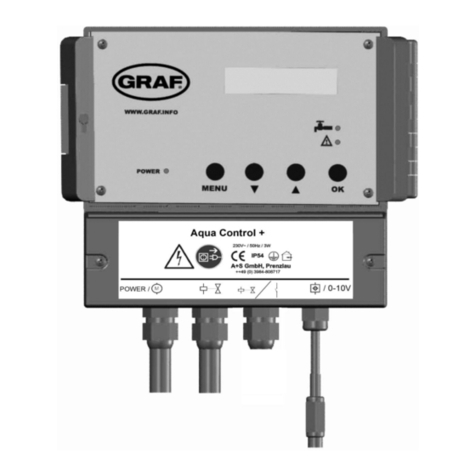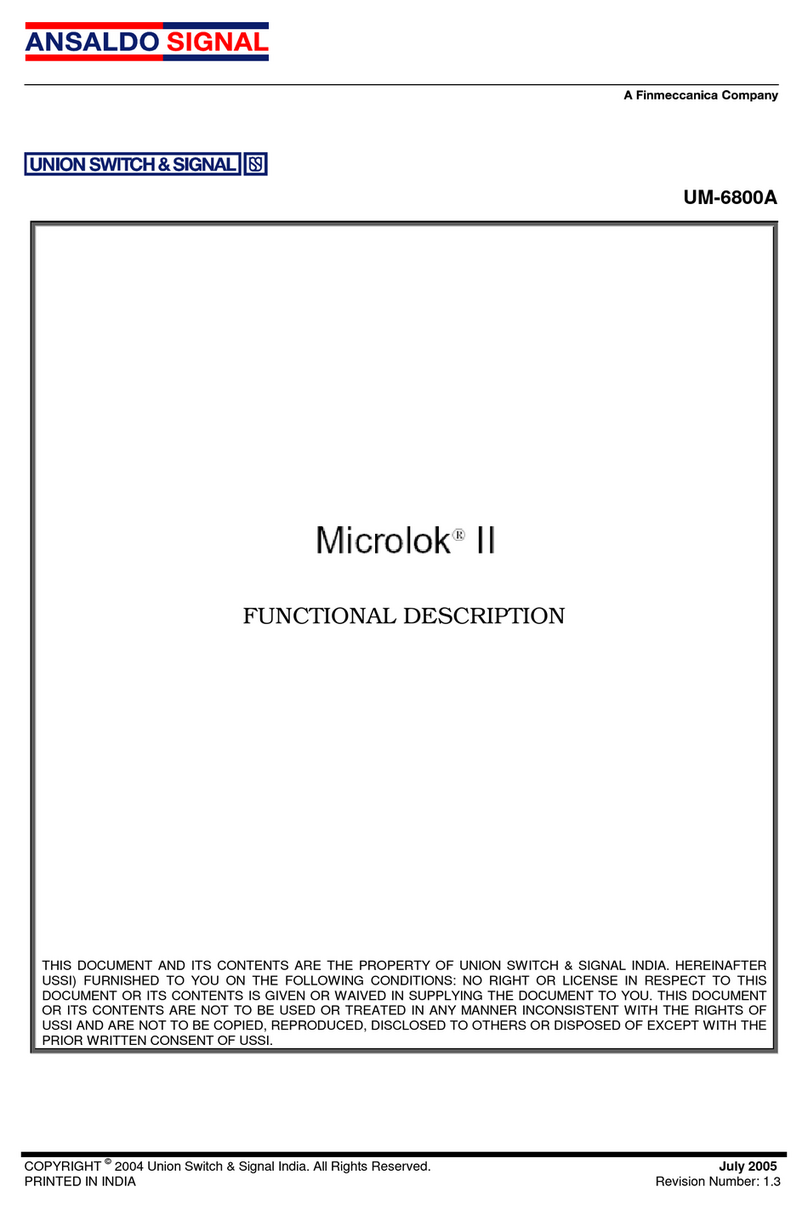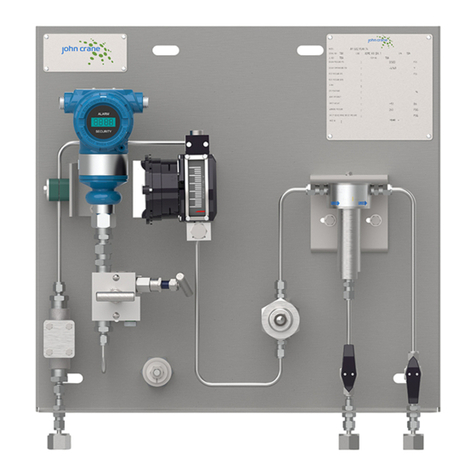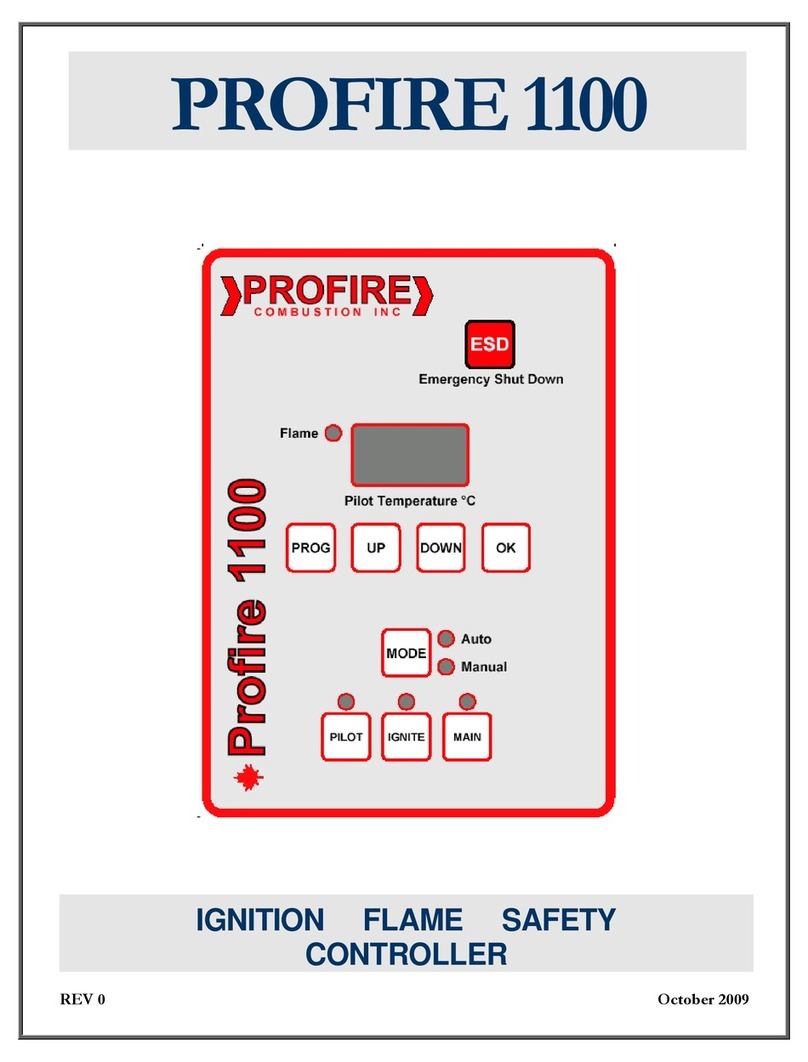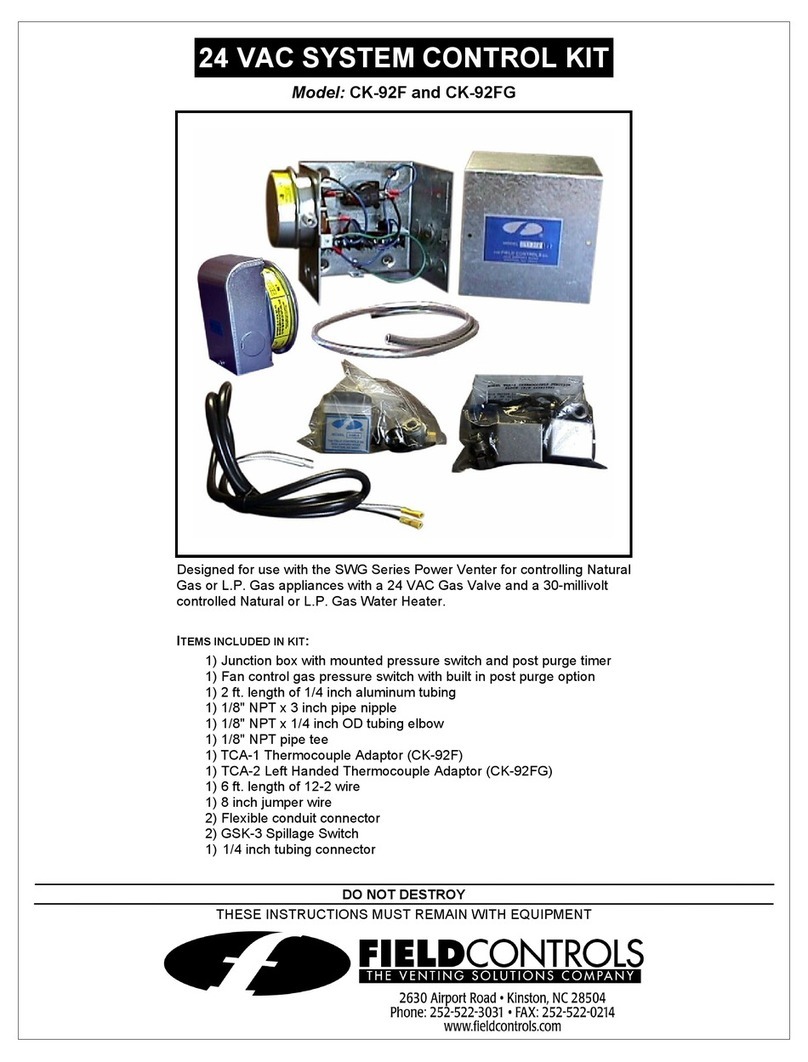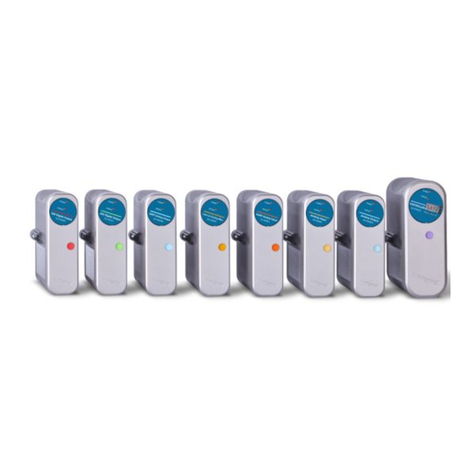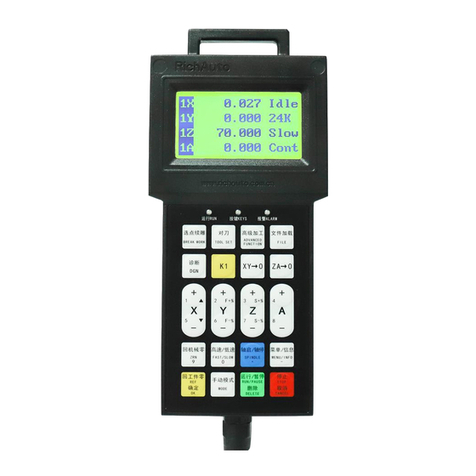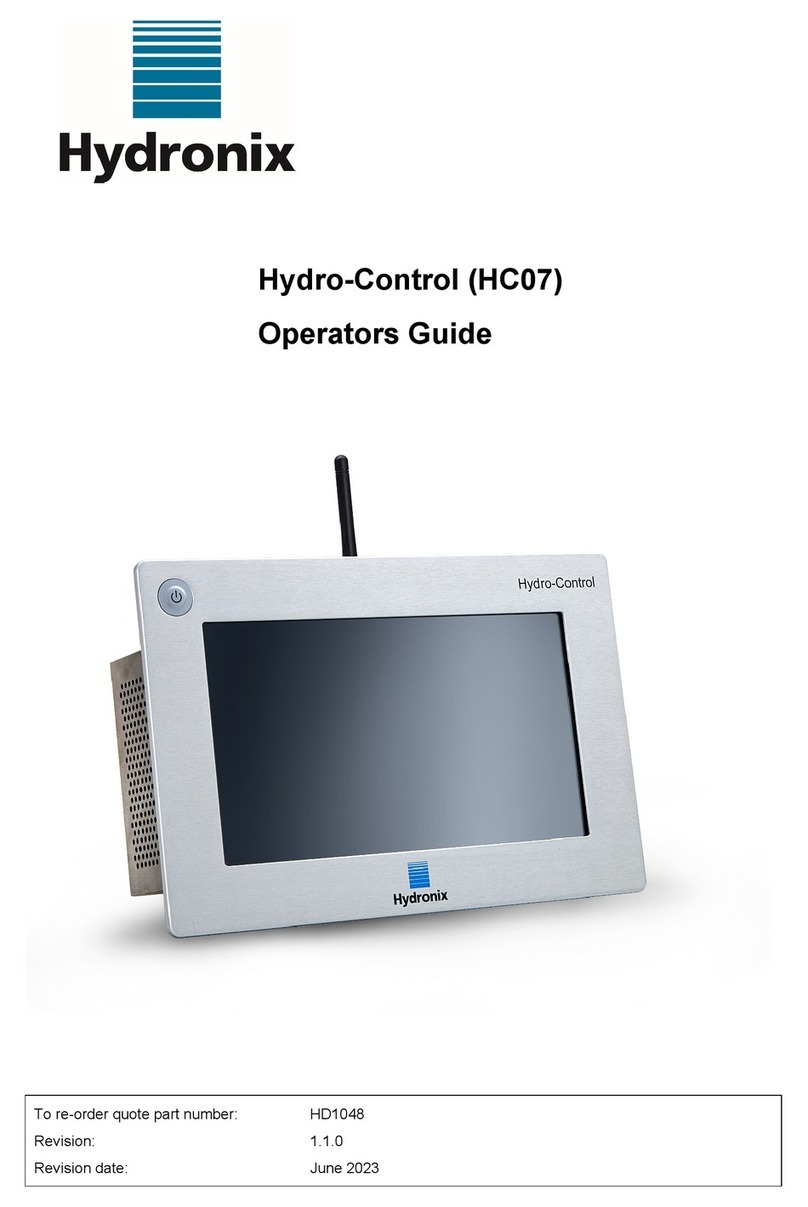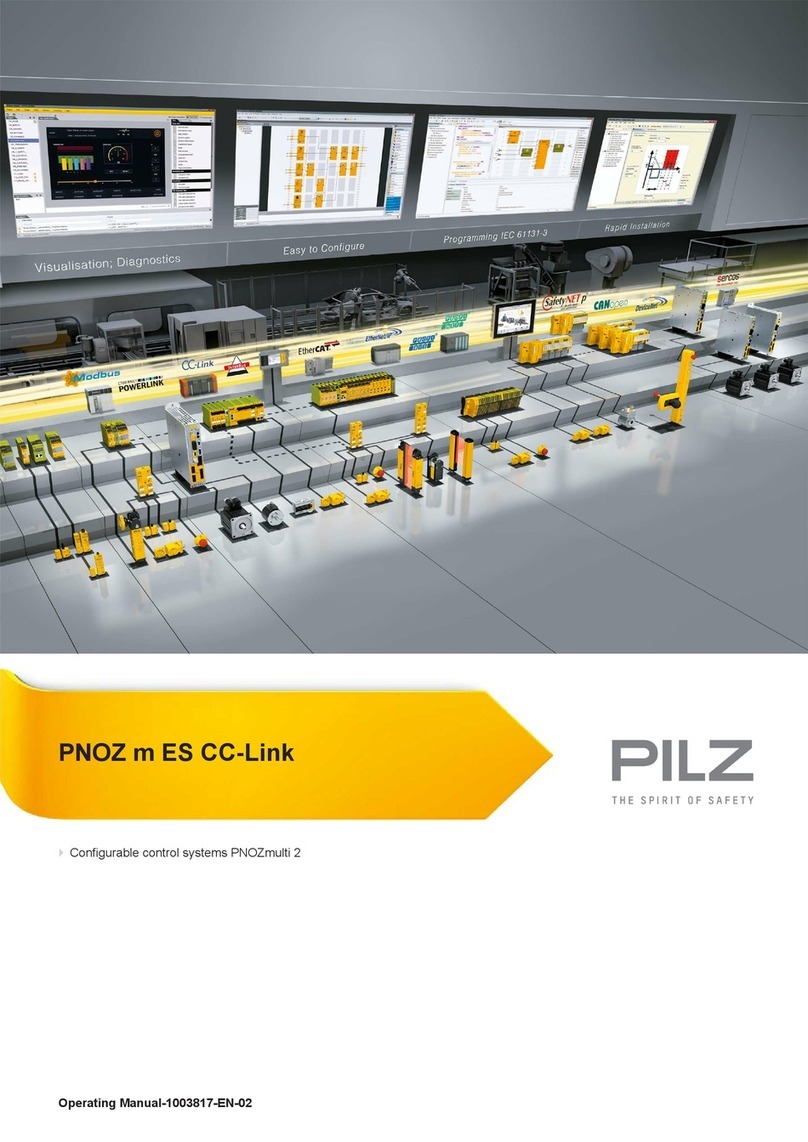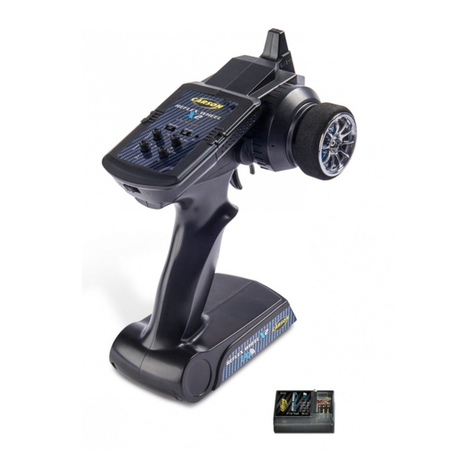
IMSRM04-E8
i-2
zThis is a Class A instrument. In a domestic environment, this instrument may cause radio
interference, in which case the user may be required to take adequate measures.
zThis instrument is protected from electric shock by reinforced insulation. Provide
reinforced insulation between the wire for the input signal and the wires for instrument
power supply, source of power and loads.
zThis instrument is designed for installation in an enclosed instrumentation panel. All high-
voltage connections such as power supply terminals must be enclosed in the
instrumentation panel to avoid electric shock by operating personnel.
zAll precautions described in this manual should be taken to avoid damage to the
instrument or equipment.
zAll wiring must be in accordance with local codes and regulations.
zTo prevent instrument damage or failure, protect the power line and the input/output lines
from high currents with a protection device such as fuse, circuit breaker, etc.
zPrevent metal fragments or lead wire scraps from falling inside instrument case to avoid
electric shock, fire or malfunction.
zTighten each terminal screw to the specified torque found in the manual to avoid electric
shock, fire or malfunction.
zFor proper operation of this instrument, provide adequate ventilation for heat dispensation.
zDo not connect wires to unused terminals as this will interfere with proper operation of the
instrument.
zTurn off the power supply before cleaning the instrument.
zDo not use a volatile solvent such as paint thinner to clean the instrument. Deformation or
discoloration will occur. Use a soft, dry cloth to remove stains from the instrument.
zTo avoid damage to instrument display, do not rub with an abrasive material or push front
panel with a hard object.
NOTICE
zThis manual assumes that the reader has a fundamental knowledge of the principles of electricity,
process control, computer technology and communications.
zThe figures, diagrams and numeric values used in this manual are only for purpose of illustration.
zRKC is not responsible for any damage or injury that is caused as a result of using this instrument,
instrument failure or indirect damage.
zPeriodic maintenance is required for safe and proper operation of this instrument. Some
components have a limited service life, or characteristics that change over time.
zEvery effort has been made to ensure accuracy of all information contained herein. RKC makes no
warranty expressed or implied, with respect to the accuracy of the information. The information in
this manual is subject to change without prior notice.
zNo portion of this document may be reprinted, modified, copied, transmitted, digitized, stored,
processed or retrieved through any mechanical, electronic, optical or other means without prior
written approval from RKC.
CAUTION




















